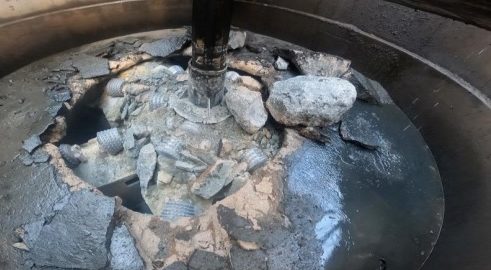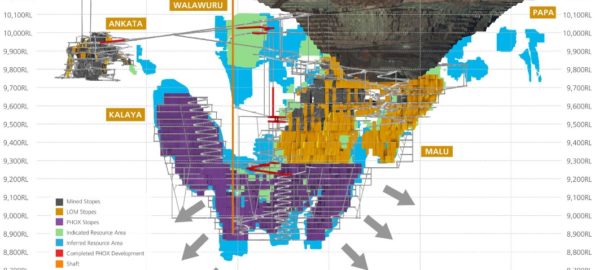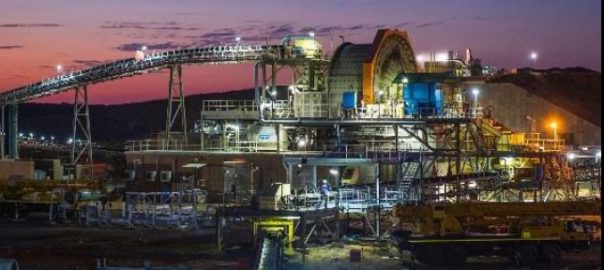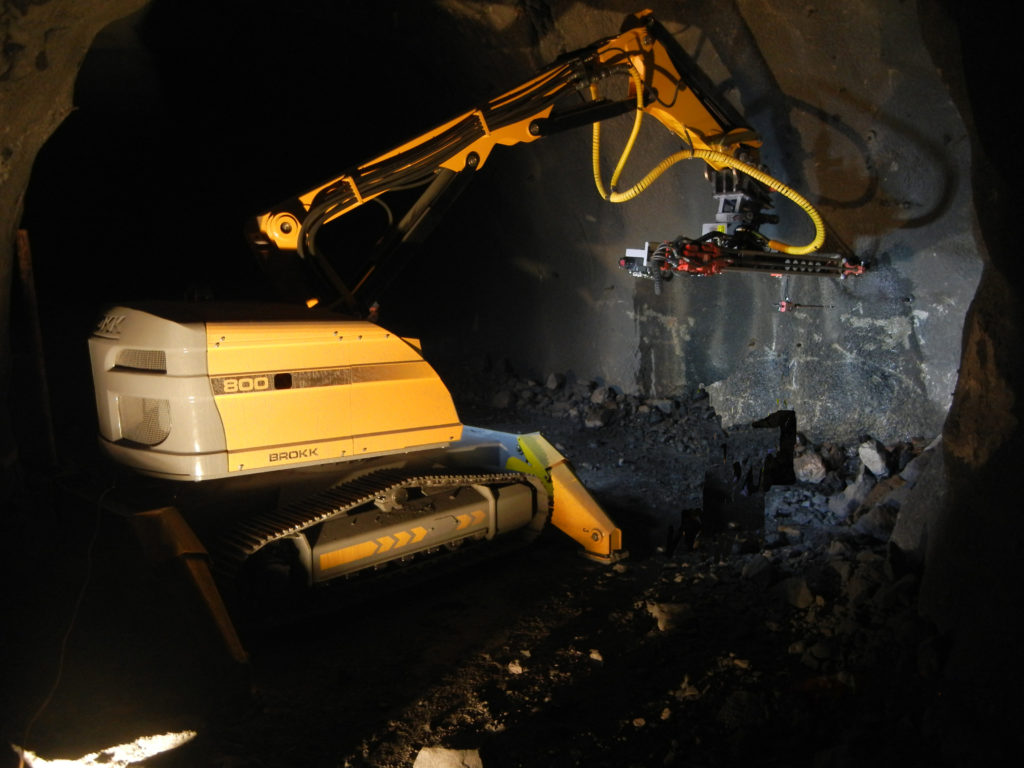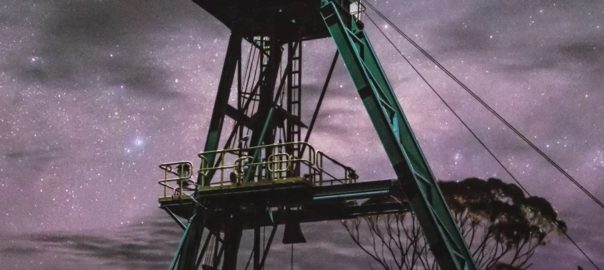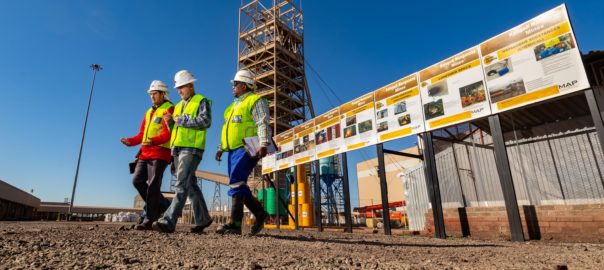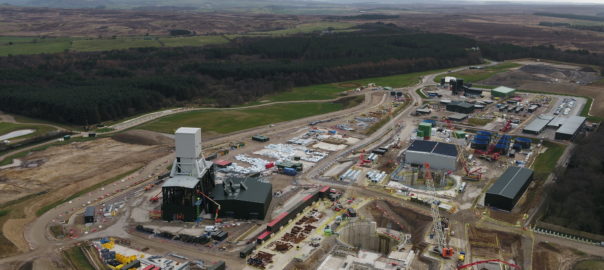RUC Cementation Mining Contractors is set to carry out the shaft infrastructure design, construction and equipping for the Cosmos nickel operations in Western Australia after signing a contract with mine owner, Western Areas Ltd.
This contract represents the culmination of an engagement that has been ongoing for some six months, not including the excavation works which RUC is completing, having recently successfully holed the top leg of the shaft, RUC said.
“Furthermore, this cements a long-term relationship between both companies that spans over 15 years,” it added.
In Western Areas’ 2021 financial year (to June 30, 2021), capital investment at Cosmos totalled A$84 million ($63 million) for the year as the Odysseus mine construction activity increased, including full mobilisation of the underground mining contractor with over 3 km of underground decline and capital development being completed.
Odysseus mine development reached first ore earlier this month, with the raisebore back reaming having worked through 630 m of development at a diameter of 5.7 m, completing Leg 1 of the shaft hoisting and intake air system.
At the time, Western Areas Managing Director, Dan Lougher, said: “It is an exciting milestone to reach first ore and we now look forward to continuing ore production and construction activities, while also advancing offtake tenders for new nickel sulphide supply into the class 1 nickel market.
“The raisebore breakthrough (pictured) is also a key achievement that further de-risks project delivery and allows completion of the shaft sub-brace concrete works, as well as remaining surface civil works, associated with the shaft. Importantly, the work was completed without a safety incident, for which credit must be given to the site management team and RUC, the raise bore contractor.”







